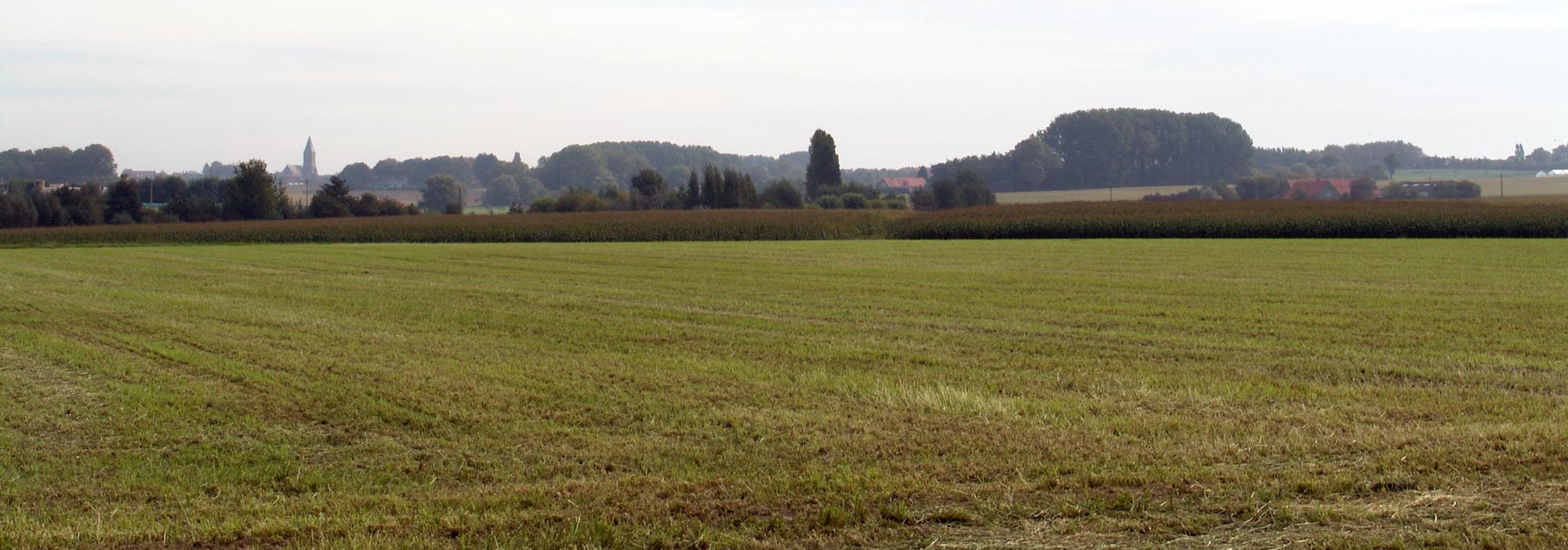Passchendaele was fought in a sea of mud where men attacked in unfathomable conditions for reasons which are difficult to grasp.
When the Canadians arrived to take their turn in the meat grinder in late October 1917, the battle of Passchendaele had already raged for almost three months. The original British objective to secure the heights surrounding beleaguered Ypres and to break through to the German-controlled, channel ports had been abandoned. Instead, the campaign had degenerated into a hideous war of attrition. In the process, the British and Australians had incurred 250,000 casualties for an advance of only 5,500 metres. It was now up to the Canadians to capture the elusive Passchendaele ridge and, by doing so, salvage British respectability.
In the autumn of 1917, the Canadians were known as “Byng’s Boys”, the Canadians of Vimy, the most successful Corps in the British army. Experienced, organized and proud, they had worked hard to achieve their reputation as the best storm troops. Time and again, they had succeeded where others had failed. Already in 1917, they had won resounding victories at Vimy Ridge, Arleux, Fresnoy, and Hill 70. Now at Passchendaele, they faced a formidable challenge.
For the few Canadian veterans who had survived the terrible fighting in the Ypres Salient during 1915 and 1916, the terrain was now unrecognizable. The city of Ypres had been obliterated by continuous bombardment and the surrounding farmland was a morass of deep mud, shell holes and rotting corpses. The sweet-sickly smell of the dead pervaded the air. All the lush greenery of earlier days were gone and only splinters remained where forests had once stood. In their place was a scene of utter desolation.
In the end, the Canadians would overcome the impassable landscape and the tenacious German resistance to achieve a victory few thought possible. Sparked by a series of individual feats of bravery, the Canadian Corps would capture and hold the heights of Passchendaele Ridge.













